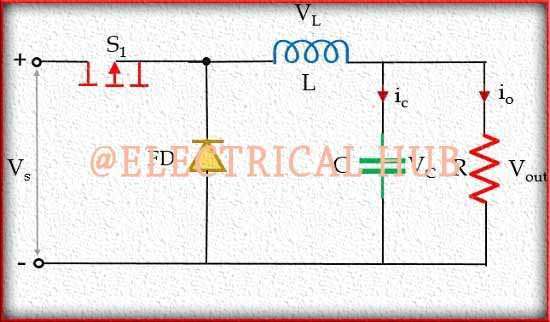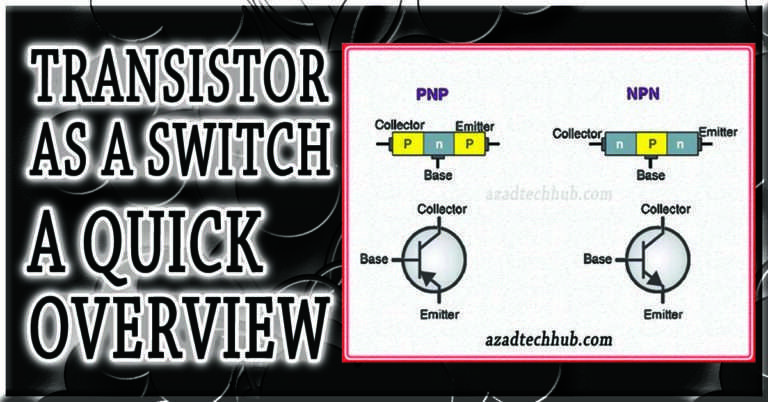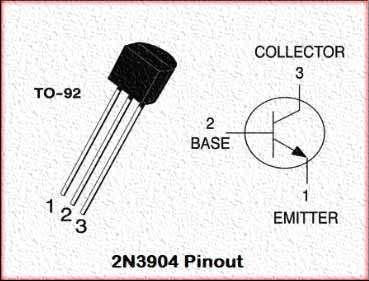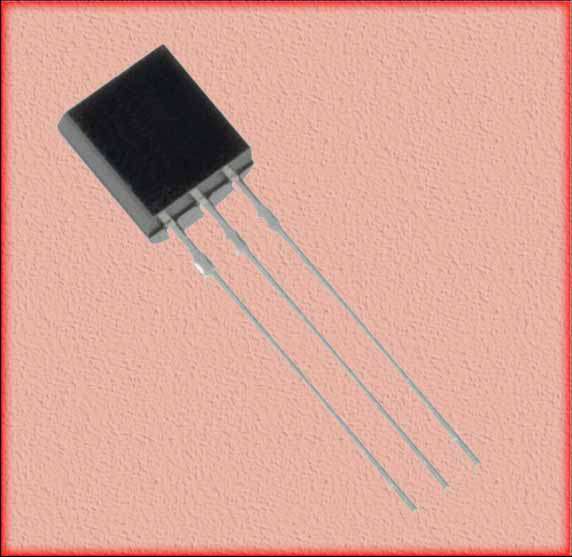Wemos D1 Mini Pinout for Arduino: A Comprehensive Guide
The Wemos D1 Mini is a compact yet powerful microcontroller board based on the popular ESP8266 Wi-Fi module. Ideal for IoT projects and Arduino programming, it offers extensive connectivity and easy integration with various sensors and devices. In this article, we’ll dive into the Wemos D1 Mini pinout for Arduino, exploring each pin’s function and usage. With a focus on making IoT more accessible, the Wemos D1 Mini pinout for Arduino provides a well-rounded experience for both beginners and experienced makers alike.
Table of Contents

Wemos D1 Mini Pinout for Arduino
What is Wemos D1 Mini?
The Wemos D1 Mini is a development board that leverages the ESP8266 Wi-Fi chip for wireless communication. With built-in Wi-Fi, the D1 Mini is perfect for projects requiring network connectivity, such as smart home applications or IoT devices. Its compact design makes it suitable for small, low-power solutions.
This board is similar to other ESP8266 pinout boards like the NodeMCU, but with a smaller form factor and additional pin configurations that offer flexibility in various applications.
Wemos D1 Mini Pinout Overview
The Wemos D1 Mini pinout consists of 16 pins, each with different functions. Understanding these pins is essential for designing circuits that communicate effectively with sensors, actuators, and other modules.
Key Pin Functions on the Wemos D1 Mini
The Wemos D1 Mini pinout for Arduino projects includes several essential pins that you’ll use often:
- GPIO Pins: General-purpose input/output pins, labeled as D0, D1, D2, etc., serve for connecting sensors and actuators.
- Power Pins: Pins like 5V and 3.3V supply power to the board and connected devices.
- Ground Pins (GND): These pins provide the ground reference for circuits.
- TX/RX Pins: Used for serial communication, ideal for debugging or connecting to other serial devices.
Understanding Each Pin on the Wemos D1 Mini
Each Wemos D1 Mini pin has a unique role. Here’s a closer look at each pin and how it can be utilized in Arduino programming:
Power Pins
- 5V: This pin provides a 5V output when the board is powered through the USB. It can supply power to external components but shouldn’t be used to power the board itself.
- 3.3V: The main power source for the ESP8266 chip, used to power other 3.3V components.
- GND: The ground pin is essential for completing circuits and ensuring correct operation with external modules.
GPIO Pins (Digital I/O)
The Wemos D1 Mini offers several GPIO pins (D0-D8) that are versatile for different functions, including digital input, output, and PWM (Pulse Width Modulation).
| Pin | Label | Description |
|---|---|---|
| D0 | GPIO16 | Wake from deep sleep, low power applications |
| D1 | GPIO5 | General I/O, SDA for I2C |
| D2 | GPIO4 | General I/O, SCL for I2C |
| D3 | GPIO0 | Boot mode selection, pull-up resistor required |
| D4 | GPIO2 | Status LED, boot mode selection |
| D5 | GPIO14 | General I/O, SCK for SPI |
| D6 | GPIO12 | General I/O, MISO for SPI |
| D7 | GPIO13 | General I/O, MOSI for SPI |
| D8 | GPIO15 | General I/O, pull-down resistor |
Tip: Be cautious when using GPIO0, GPIO2, and GPIO15 for general use, as they control boot mode and may affect your project if configured incorrectly.
Communication Pins
- TX (Transmit): This pin is used for sending serial data to other devices or monitoring applications.
- RX (Receive): This pin is used for receiving serial data.
These pins are essential for programming and debugging. In Arduino, you can use the Serial.begin(baudrate) function to initialize these pins for communication.
Setting Up the Wemos D1 Mini with Arduino
To start programming the Wemos D1 Mini pinout for Arduino, follow these steps:
- Install the ESP8266 Library:
- Open the Arduino IDE, go to File > Preferences, and add the following URL to the “Additional Boards Manager URLs”:
http://arduino.esp8266.com/stable/package_esp8266com_index.json- Go to Tools > Board > Boards Manager, search for “ESP8266”, and install the package.
Select the Wemos D1 Mini Board:
- From Tools > Board, select Wemos D1 R2 & mini.
Connect the Wemos D1 Mini to Your Computer:
- Use a USB cable to connect the D1 Mini, and ensure the correct port is selected under Tools > Port.
Upload Code to the Wemos D1 Mini:
- You can now upload Arduino sketches to control GPIO pins, read data, or manage Wi-Fi connections.
Practical Applications of the Wemos D1 Mini
The Wemos D1 Mini is suitable for various IoT applications and Arduino projects due to its compact size and Wi-Fi capabilities. Here are some common uses:
- Home Automation: Control lights, fans, or appliances remotely.
- Data Logging: Log temperature, humidity, or other sensor data and upload it to the cloud.
- Weather Station: Collect and display real-time weather information.
- Smart Alarms: Set up motion detectors or smoke alarms that send notifications over Wi-Fi.
Wemos D1 Mini vs. NodeMCU
While both the Wemos D1 Mini and NodeMCU are based on the ESP8266, the D1 Mini offers a smaller footprint. If your project has space constraints or requires lower power, the Wemos D1 Mini is an excellent choice. The NodeMCU ESP8266 pinout is also compatible with Arduino, making it interchangeable for many applications.
Troubleshooting Common Issues with Wemos D1 Mini Pinout
- Pin Conflicts: Some GPIO pins are sensitive and control boot mode. Avoid using GPIO0, GPIO2, and GPIO15 if you encounter issues during boot.
- Power Supply Issues: Ensure a stable 3.3V supply; inconsistent power may cause the board to reset unexpectedly.
- Serial Communication Problems: Double-check your TX/RX connections and use
Serial.begin()to initialize correctly in your code.
Conclusion: Making the Most of the Wemos D1 Mini Pinout
The Wemos D1 Mini pinout offers a flexible and compact solution for various Arduino and IoT projects. With a reliable ESP8266 pinout, it provides Wi-Fi connectivity and versatile GPIO options, making it ideal for both beginners and advanced users. From home automation to data logging, the Wemos D1 Mini opens up numerous possibilities in IoT development. By understanding each pin’s role, you can maximize your project’s potential and take full advantage of the Wemos D1 Mini pinout. Whether you’re building a small automation system or a smart device, the Wemos D1 Mini offers an affordable, easy-to-use solution for all your IoT needs.
Worth Read Posts
Follow us on LinkedIn, “Electrical Insights,” to get the latest updates on electrical engineering. You can also Follow us LinkedIn and Facebook to see our latest posts on Electrical Engineering Topics.
#wemosd1mini, #relayshield, #wemosrelay, #esp8266projects, #electronicsguide, #arduinoprojects, #esp8266tutorial, #wemosd1, #smarthometech, #iotprojects, #relaypinout, #esp8266shield, #makersguide, #diyelectronics, #microcontrollerprojects





Perfect just what I was looking for! .